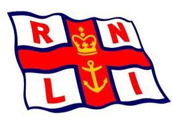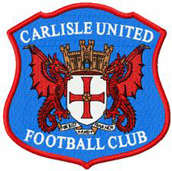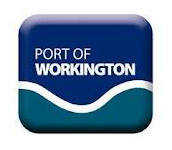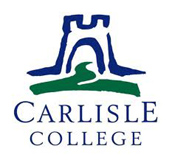- Home
- Scarrows
- Mariners
- Cumberland
- Miscellaneous
Cape Town

History
The Portuguese were the first European seafarers to round the Cape in the 15th century. Their trade routes across Asia had become threatened so they sought to open a new sea trade route to the Far East around the tip of Africa. Bartholemew Dias landed in what is now known as False Bay in 1488 after unknowingly sailing past Cape Point in the midst of a storm. He spent some time mapping the area before returning to Portugal.
The 'Cape of Good Hope' was then named because it was seen as an ideal landfall location on the long sea route to Asia.
Vasco de Gama was the next explorer to visit the Cape and the southern coast of Africa in 1497. His expedition of four ships opened a sea route to India for the spice trade. He was followed through the next century by more Portuguese and Spanish trading ships.
The first Englishman to round the Cape of Good Hope in the late 16th century was Sir Francis Drake while being pursued by the Spanish fleet.
The early explorers mapped the coast of Africa, and opened the way for settlement of the Cape. They helped to influence the course of European and Southern African history. The Cape with its sheltered landfall at Table Bay became an essential landing stage on the trade route to the Far East. The city of Cape Town was established and this in turn opened up the interior of South Africa to European colonisation in later years.
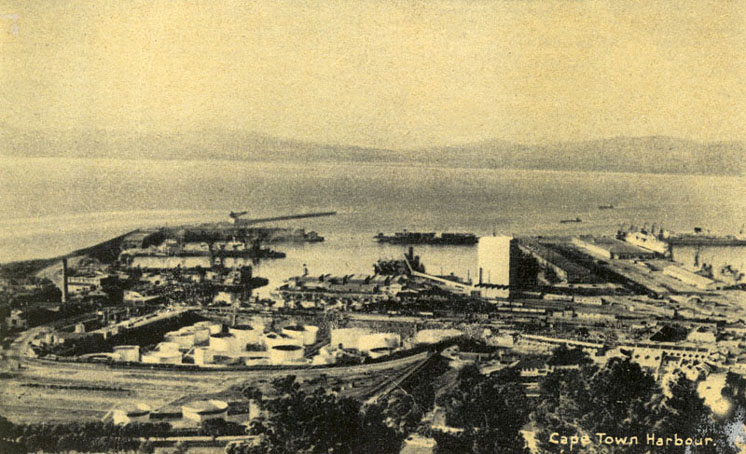
The Dutch East India Company (VOC) established the first supply base at the Cape in 1650. The Dutch had been concerned that the British would annexe the Cape, so despite reports of rough Cape seas, Khoi aggression and various political influences, they eventually went ahead with building a permanent settlement. A disgraced VOC merchant Jan van Riebeeck volunteered to establish the Cape supply base. He was ordered to build a Fort for defence, and a produce garden in order to supply passing company trade ships with fresh fruit and vegetables.
When food supplies were found to be insufficient to meet the needs of both passing ships and his men, Van Riebeeck attempted to trade with the Khoi people but this turned out to be largely unsuccessful. The VOC allocated plots of land to a number of van Riebeeck's men in order to build farms and improve the supply of food.
The VOC had insructed Jan van Riebeeck that a trading post was all that they required and that a town should not be built at the Cape of Good Hope. His farmers and soldiers had other ideas however and persuaded van Riebeek to allow them to develop trade skills and professions. Eventually when van Riebeeck left in 1662 to take up a VOC post elsewhere, a number of shops, taverns and boarding houses had been built on a grid of streets which became known as 'Cape Town'. By 1679 the VOC had seen the potential of colonising the strategic Cape region. They sent Simon van der Stel to expand the community and develop farms and settlements. Van der Stel established the first wine farm in the Cape Groot Constantia and he brought in wine farmers to plant vineyards in the surrounding Cape areas which were named Paarl, Stellenbosch and Franschoek.
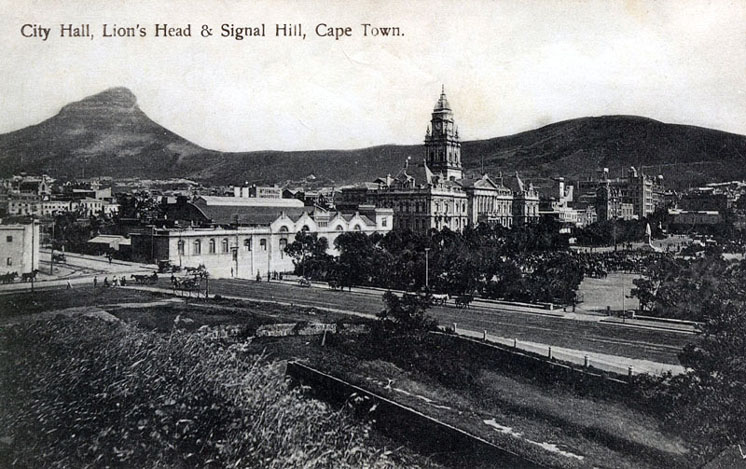
Mineral discoveries in the 1860s, the 1870s, and the 1880s had an enormous impact on southern Africa. Diamonds were initially identified in 1867 in an area adjoining the confluence of the Vaal and the Orange rivers, just north of the Cape Colony, although it was not until 1869 to 1870 that finds were sufficient to attract a "rush" of several thousand fortune hunters. The British government, attracted by the prospect of mineral wealth, quickly annexed the diamond fields, repudiating the claims of the Voortrekker republics to the area. Four mines were developed, and the town of Kimberley was established. The town grew quickly and became the largest urban society in the interior of southern Africa in the 1870s and the 1880s. Although the mines were worked initially by small-scale claims-holders, the economics of diamond production and marketing soon led to consolidation. Within two decades of the first diamond find, the industry was essentially controlled by one monopolistic company - Cecil Rhodes's De Beers Consolidated Mines.
The diamond industry became the key to the economic fortunes of the Cape Colony by providing the single largest source of export earnings, as well as by fueling development throughout the colony. Whereas the Cape's exports in 1870 had been worth little more than £2,000,000, with wool providing the bulk of earnings, by the end of the century the value of exports had risen to more than £15,000,000, with diamonds alone accounting for £4,000,000. There was also substantial growth in population, much of it from immigration. As a result, there were close to 400,000 resident Europeans in the Cape Colony by 1900, twice the number who had lived there in 1865.
Imports
| Goods | Place of Origin |
|---|---|
| Machinery | Britain |
Exports
| Goods | Destination |
|---|---|
| Wine | Britain |
| Fruit | Britain |
| Wool | Britain |
| Diamonds | Britain |
Industry
| Port Industries | Other Industries |
|---|---|
| Ship Supplies |
Scarrow Associations
| Scarrow | Period |
|---|---|
| William Scarrow | 1842 |
| Thomas Scarrow | 1865 |
| Robert Scarrow | 1940 |

